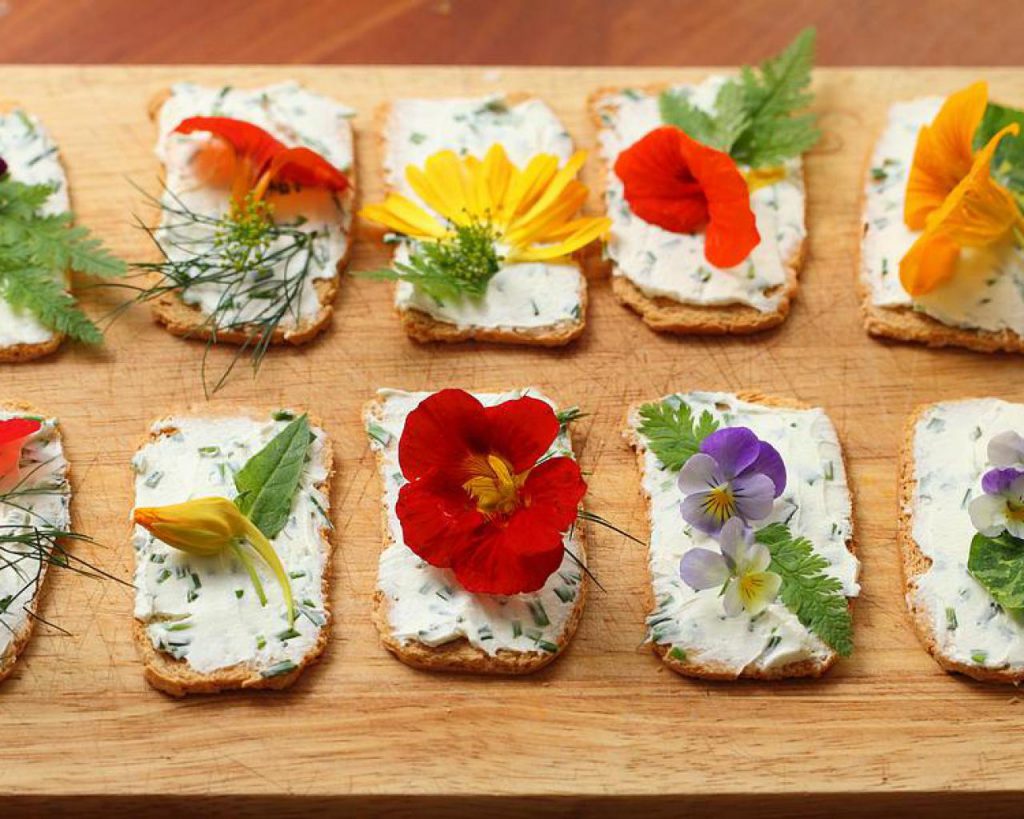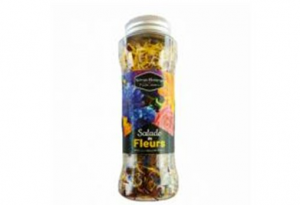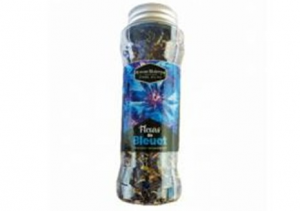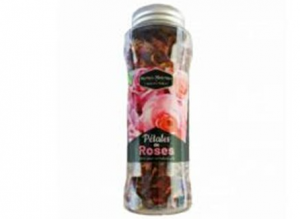
- Readers Rating
- No Rating Yet!
- Your Rating
Flowers are always present in vases, in fields, on Valentine’s Day gifts, on balconies… But nowadays they are also present on plates, and not only for decoration. Throughout history they have occupied an important place, in fact, as far back as Queen Victoria’s time, petals were used as a garnish or to prepare tea. The truth is that flowers have been missing in the kitchen for quite a long time, but their consumption has increased recently.
What do I need to know in order to eat flowers, which ones are the most suitable, and most importantly, where can I buy my edible flowers? If you want to learn all about this innovative way of cooking, keep reading this mentta post.
Edible flowers?
It is clear that edible flowers are a small innovation that is gradually becoming fashionable. First their presence in haute cuisine as an exclusive ingredient, now in supermarkets in different formats… But it is true that there is evidence that edible flowers were already present in history many years ago. For example in Egypt, where flowers were crystallised for cooking, or in the exotic recipes of the Arab people.
Which flowers to choose? When it comes down to it, it is preferable to consume flowers that you have grown yourself, or flowers that are known to be safe to eat. For example, florist’s flowers are likely to have been treated with pesticides or other chemicals, as are roadside or park flowers, which may have been treated with pesticides or contaminated by car fumes. However, don’t be shy if you know of a shop where you can buy edible flowers you can trust.
To keep flowers fresh, they should be placed in damp paper and refrigerated. Cold water can revitalise limp flowers and therefore they can last up to 10 days. Some risks to be aware of with flowers:
- The toxicity of flowers can vary depending on the quantity and preparation. For example, there are certain varieties that can be toxic when eaten raw, but when cooked, they lose their harmful properties.
- In the case of flower picking, it is necessary and almost obligatory to be accompanied by an experienced person. This avoids the risk of poisoning.
- It is important to be alert, as allergic reactions can occur in a person who has never eaten flowers before, especially from pollen.
- Toxic pesticides can be found in them.
- Flowers with signs of insects or damaged flowers should not be eaten as they can cause discomfort in the body.
- There are flowers such as Madhuca longifolia, which should not be eaten frequently as it can affect our body.
Some benefits to take into account:
- High contribution of vitamins A, B, C, D, E.
- They contain the amount of minerals, amino acids and proteins that the body needs.
- They contribute to better digestion.
- They are an excellent garnish for colourful dishes.
- The flowers contain flavonoids that reduce the risk of contracting common diseases.
- Medicinally, they are a great ally for skin wounds.
Toxic flowers?
Before eating any type of flower, it is necessary to be informed. Be aware that, no matter how beautiful the flower is, it can be toxic. It is therefore best to be sure beforehand and ask an expert, as not all flowers are edible and can have negative effects on the body.
A frequently asked question is: Are there many causes of flower poisoning? The answer is no. It is true that the consumption of flowers is not very high. For example, the number of mushroom poisonings is not comparable to the number of flower poisonings. It is clear that, purely statistically, flower poisonings are much lower than mushroom poisonings, but also because the consumption of mushrooms is a thousand times higher than that of flowers. Therefore, there is a risk of poisoning from flowers, so it is necessary to be very cautious.
Not all parts of a plant are edible either. For example, the flower is the part that contains the least toxic chemical compounds, unlike the seed, which can be harmful to health. But what does poisoning mean? Symptoms of poisoning can be fever, vomiting, slowing of the pulse or cardiac arrest.
- Some of the flowers that should be avoided due to toxicity: hydrangea, poinsettia, mountain laurel, oleander, veratrum, desert rose…
- Flowers that are safe to eat: basil, poppy, orange blossom, begonia, marigold, centaury, carnation, dill, geranium, fennel, jasmine, lavender, pansy, yucca, violet…
Where to buy edible flowers?
Flower salad: A mixture of rose petals, cranberries and marigolds will bring colour and sumptuous aromas to your kitchen. For a salad full of vitality, as a garnish on meat or on a vegetable pan, in a fruit salad…

Cornflower: With these cornflower petals and their powerful yet subtle aroma, add a colourful and refined touch to cocktails, salads, meat and fish dishes, cakes and jams.

Hibiscus flower: A delicate and sweet fragrance, a sour and sensual flavour, will give your cuisine a touch of luxury and exception… It can also be used as an infusion, in jelly, in fruit compote, in a cocktail…

Rose petals: With these delicate dried rose petals, add a delicate flavour, a sweet fragrance and colour to your cocktails, fruit or chocolate desserts, or to incorporate into your jams…

If you have already decided to include flowers in your diet, don’t wait any longer and go to the next level. In our mentta blog we tell you all about entomophagy or the practice of eating bugs. Now that you have all the information on the table, don’t miss our section on peculiar products in mentta.
References
- Laliberte, K. Flowers you can eat: Learn how to grow and harvest edible flowers. <https://www.gardeners.com/how-to/edible-flowers/8078.html>
- McAnnally, M. 7 edible flowers almost too pretty to eat. <https://www.southernliving.com/food/entertaining/edible-flowers>
